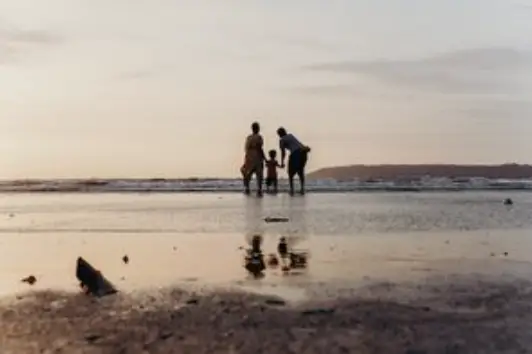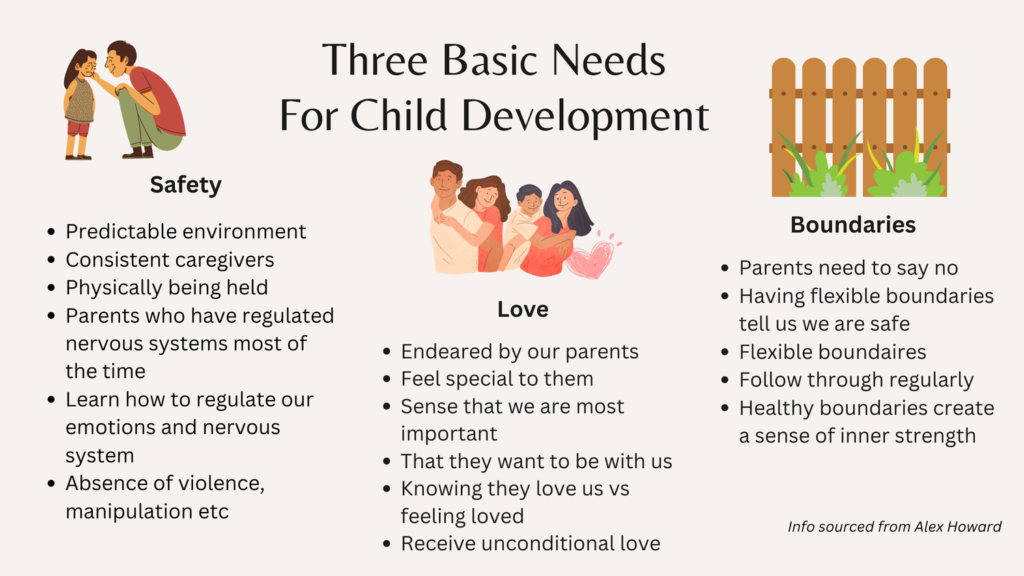There is a lot of talk lately around trauma and the effects it has on us. I’d like to take it a step further in this month’s blog and show you how intergenerational trauma goes beyond behaviours and gets carried into our points of view, energy and ways of being. These experiences, emotions and points of view get trapped in us and as the unresolved trauma accumulates you may notice that each generation seems to struggle more and more around mental health and being able to manage their life.

The disconnection from the mind, body and spirit plays a role along with the long list of coping mechanisms our society profits from. For example, cigarettes, alcohol, cosmetics, Neflix and other online platforms make it easy to disconnect, avoid and loose connection to your soul purpose.
Intergenerational Trauma
When trauma extends through multiple generations of the same family it can be considered intergenerational trauma. This looks like:
-
Trauma itself ie. domestic violence occurring over and over
-
Behaviours ie. keeping secrets or manipulation
-
Beliefs and points of view ie. “children must do as they are told”
-
Traumatic responses ie. seeing the world as a dangerous place where you can’t trust anyone
-
Trapped emotions ie. resentment in family members
Families who’ve experienced trauma tend to have isolation patterns instead of interacting with the world. They normalize these events allowing the cycle to continue. How people cope with trauma itself can create more trauma as well. For example, Bob was abused by his father, who was also abused by his own father. Bob then chooses to cope with this trauma by gambling and putting his own family into debt. This creates more trauma for his nuclear family causing this pattern to continue and passed down to his children. Unless someone decides to change.
What’s interesting is the way families cope with trauma is often counterproductive. There is a tendency to be extremely resistant to change. There is a lot of conditional love, guilt tripping, scapegoating and secrets. Shame and shaming others is another huge factor that keeps the cycle going because sharing what happened is shameful, so secrets are kept and the abuse and dysfunctional dynamics continue.
All of these coping mechanisms tend to create avoidance and denial which means dealing with life gets pushed aside, and the clutter builds up in all areas.. Clutter isn’t just the stuff in your physical spaces, it’s also found in the way you use your time, your mind, body and spirit. These areas get filled with unresolved tasks, emotions, thoughts, points of view and limiting beliefs. For example, Bob never learned how to take care of himself; now he is unable to teach his children how to pick up after themselves around the house. They never learn how to process their emotions or how to let go of resentments, old belongings and rigid points of view.
Basic Needs Being Met
As you can imagine, intergenerational trauma can be seen in all families to one degree or another. How do you break the cycle and transform from the lineage of traumatic events? It means looking at how our actions, behaviours and points of view that keep us trapped in the past, or worrying about the future, instead of thriving and creating.
Keeping things simple is my motto and I want to shift gears and take the approach of looking at basic needs not being met. Cultivating and nurturing those needs NOW, you can create transformation from intergeneration trauma and the clutter it creates in your life. When we grow up in a home with unresolved trauma it’s very likely that our basic needs were not met. Our parents’ needs were not met growing up and they themselves were unsure how to meet theirs, and ours.
Alex Howard talks about these fundamental needs as love, safety and boundaries. When we grow up our parents or caregivers need to provide us with these three fundamentals in order for us to develop into healthy, happy adults that can take on the challenges of life with ease and grace.
So what happens to us when these needs are not met?We develop dysfunctional coping mechanisms to try and fill those needs and end up creating more stress and harm in our lives.
We are more affected when we experience stressful situations. This looks like having trouble at work and feeling it more intensely and not believing you will be ok(this is connected to safety). If a relationship ends, we feel destroyed when it’s over(this comes from our need to be loved). We desire to commit to working out, but just can’t make time for it.(this relates to not having healthy boundaries growing up).
It affects us in all areas of our life and our internal compass. Instead of seeing the world as a wonderful place, it’s scary and we don’t have what it takes to “make it”. We think we are not loveable and tend to have anxious or avoidant attachment styles. We don’t want to show our true feelings out of fear of getting hurt or hurting others.
This creates a cascade of daily habits, routines & beliefs that we learned subconsciously from our family and unless we consciously look at them the cycle will continue. Unless we learn otherwise it will all seem normal because you don’t know any different.

Moving Beyond The Trauma + The Clutter
Unresolved trauma means that the emotion that came up during the traumatic experience is trapped in our bodies as energy. Remember, an emotion is energy in motion! If our parents experienced a trauma and they felt a lot of sadness and resentment yet never released it, it gets passed down to us through our DNA and energy field. Strategies like the emotion code help release trapped emotions that you’ve absorbed, inherited from others or from your own trauma. It’s a beautiful blend of science and spirituality and I’ve been enjoying playing with it and adding it to my tool box.
Something else to consider is that to transform from the past doesn’t mean you have to relive it. Just allowing yourself to feel the emotion, breathing into it and accepting the emotion is healing. Talking too much about what happened over and over again hardwires it into your brain and makes it harder to let go. Try the strategies below to see how you can release the past for both you and your family. Remember when we transform osmosis happens and we change the energy of our lineage which changes everything around us!
Part of this shift comes from changing our narrative and point of view. When we can release the trauma and the story around it, it completely changes how we engage in the world. This means the stories you’ve been telling yourself about not being able to keep up, staying organized and being free of clutter will shift.Then you have the chance to create new ways to engage in your life that are clutter free on all levels. The suggestions below are only a few ways you can release trauma and clutter in your life.
Strategies To Clear Clutter + Trauma
- Release Trapped Emotions + Limiting Points of View
- Use EFT to release old beliefs and create new ones that align with your true essence
- Emotion Code to release old trapped emotions
2. Challenge Your Story
- What’s true now?
- Asking is this true – 7 times – finding out if it’s the past living in the present
- Make it a daily practice to see if you are allowing your point of view to run the show or are you allowing yourself to experience life and play with whatever comes your way
3. What Else Is Possible?
- What would it take to feel safe?
- What gift has anxiety given me that I haven’t seen yet?
- What else could be possible if I let go of fear?
- What else could be possible if I don’t know the answer?
- What is possible now if this story is no longer true?
- What’s right about me that I’m not getting?
The struggle to be yourself and stay in alignment didn’t happen from one challenging experience. We have many parts and in order to reconnect we can integrate different strategies to align and stand in our power with love. And most of all, have fun doing it! Play and see what works and what doesn’t. There is no right or wrong way, there is a way for you and the joy is finding out how.

